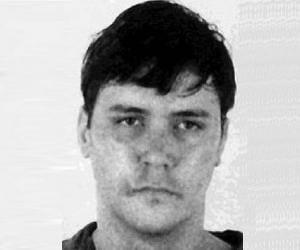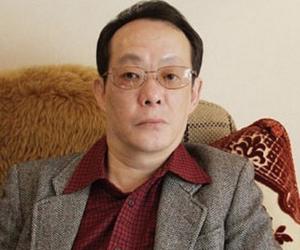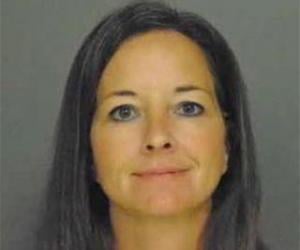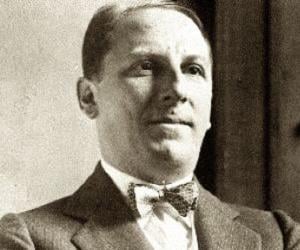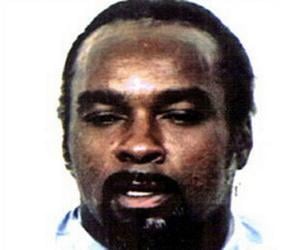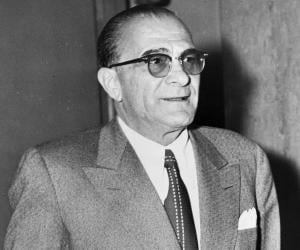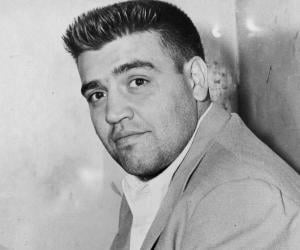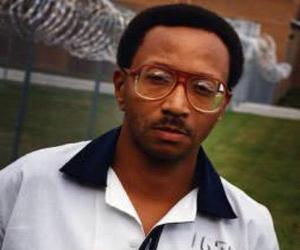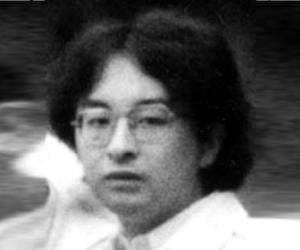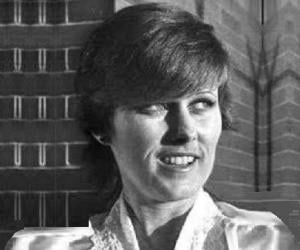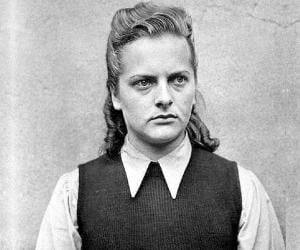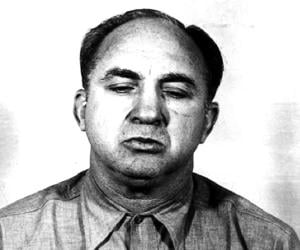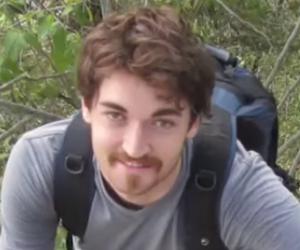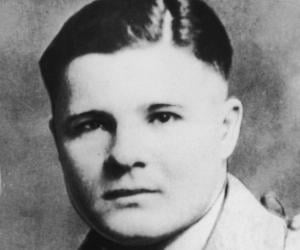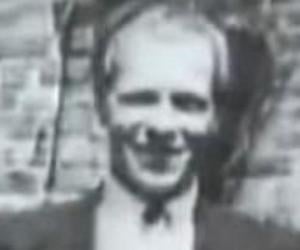Quick Facts
Nick Name: The Co-ed Butcher, The Co-ed Killer
Also Known As: Edmund Emil Kemper III
Age: 76 Years, 76 Year Old Males
Family:
father: Edmund Emil Kemper II
mother: Clarnell Stage
siblings: Allyn Lee Kemper, Susan Hughey Kemper
Serial Killers American Men
Height: 2.06 m
Childhood & Early Life
Born on December 18, 1948, in Burbank California, Edmund Kemper was the middle child of Clarnell Elizabeth Kemper (née Stage, 1921–1973) and Edmund Emil Kemper II (1919–1985). He had two sisters, one older, Susan Hughey Kemper, and one younger, Allyn Lee Kemper. His father, Edmund II, had fought in the World War II and later tested nuclear weapons in the Pacific Proving Grounds. He eventually returned to California where he worked as an electrician.
Kemper’s parents had a troubled marriage. Clarnell often complained about the meagre earnings from Edmund II’s job as an electrician and it made him so frustrated that he once reportedly said, “Suicide missions in wartime and the atomic bomb testings were nothing compared to living with her”.
Edmund Kemper was already a head taller than all his peers when he was four years old. He exhibited high intelligence but also signs of excessive cruelty. When he was ten, he buried their family cat alive, dug it back out after it had died, and then decapitated its head and mounted it on a spike. According to his later statements, the fact that he was lying to his family about killing the animal brought him pleasure.
He killed a second family cat when he was 13 after he thought it was showing more affection to his younger sister than him. He cut its body into multiple pieces and kept those in his closet until his mother found them.
Kemper’s childhood was filled with dark fantasies, often playing odd, ritualistic games with his younger sister’s dolls where he pulled off the hands and heads of the dolls. He would often take his father’s bayonet, leave the home unnoticed, and watch his second-grade teacher through the window of her home. His favourite games as a child were “Gas Chamber” and “Electric Chair”, in which Allyn would pretend to tie him or flip the switch while he acted as a convict undergoing his execution.
As a child, he underwent at least two near-death experiences. One time, Susan, his older sister, attempted to push him in front of a coming train, and another time he came close to drowning after she managed to push him into a swimming pool.
His parents eventually separated in 1957 and Kemper, who had a close relationship with his father, had to move to Helena, Montana with his mother. He harboured a deep resentment towards Clarnell, who was a neurotic, domineering alcoholic and would frequently belittle, humiliate, and abuse him. She forced him to spend the nights in a locked basement as she believed that he would harm his sisters otherwise.
He fled from his mother’s house at the age of 14 and went to his father in Van Nuys, Los Angeles, California. Once there, he found that his father had already remarried and had another son with his new wife. Edmund II later sent him to live with his own parents, Maude and Edmund Kemper, in North Fork. Teenaged Kemper soon came to hate his grandparents as well.
The First Two Killings
On August 27, 1964, Kemper got into a heated argument with his grandmother. He went to his room enraged, grabbed his .22 caliber rifle that his grandfather had gifted him, came back to the kitchen where Maude was, and shot her in her head. He then shot her twice more in the back. His grandfather, Edmund I, who was out for grocery shopping, came back after Kemper had dragged his grandmother’s body from the kitchen to her room. He met Edmund I in the driveway and shot him dead.
Afterwards, he made a call to his mother, who urged him to call the police and surrender, which he did. In the subsequent trial, he was diagnosed with paranoid schizophrenia by court psychiatrists and was sent to the criminally insane unit of the Atascadero State Hospital.
At Atascadero, he soon gained confidence of the California Youth Authority psychiatrists and social workers, who strongly disagreed with the court psychiatrists on their assessment of Kemper. During this period, he scored 136 and later, 145, in two different IQ tests. He was allowed to administer psychiatric tests on other inmates, including sex offenders.
Later, Kemper revealed that he had figured out how the tests worked, which enabled him to manipulate the psychiatrists. He also stated that the sex offenders told him it was preferable to kill a woman after raping her to escape possible capture.
He was released on parole on December 18, 1969, despite the protests from hospital psychiatrists. Aspiring to be a state trooper, he attended a community college, but ultimately was rejected by the troopers due to his hulking stature, which also garnered him the nickname ‘Big Ed’
His relationship with his mother remained toxic and abusive. He held several menial jobs before being employed by the State of California Highway Department (now known as the California Department of Transportation. During this period, he started dating a 16-year-old girl who was a student of Turlock High School. They later became engaged.
Later Killings
In the late 1960s, he got into an accident while riding his motorcycle. Receiving $15,000 as settlement money, he spent it on buying a new yellow 1969 Ford Galaxie. He also hoarded up storing tools, including plastic bags, knives, blankets, and handcuffs as his murderous desires began to return. In the next few months, he reportedly picked up around 150 female hitchhikers but let them all go peacefully. However, the homicidal urges, which he named his “little zapples” began to resurface.
Kemper committed the rest of his murders between May 1972 and April 1973. It started with two college students named Mary Ann Pesce and Anita Luchessa. Both 18 years old, the girls were students at the California State University in Fresno. The next victim was Korean dance student Aiko Koo, who was 15 years old at the time of her murder. His other victims were 18-year-old Cindy Schall, 23-year-old Rosalind Thorpe, 20-year-old Allison Liu, his own mother, and her friend Sally Hallett.
Kemper developed a modus operandi that involved shooting, stabbing, smothering or strangling his victims and then taking the bodies back to his home where he would commit irrumatio on their severed heads, vaginal intercourse with their bodies and later dissect and dismember them. He also admitted to consuming the flesh of his victims.
Following the gruesome murder of his mother and Hallett, Kemper called the police and turned himself in. He confessed to murdering all the six students, his mother, and Hallett.
Trial, Conviction & Sentencing
Indicted on eight counts of first-degree murder on May 7, 1973, he was declared sane by a six-man, six-woman jury on November 8, 1973 and was found guilty on all counts. He requested for a death penalty (death by torture) but was denied. Instead, he was sentenced to seven years to life for each count, with these terms to be served concurrently. He is currently serving his term at the California Medical Facility.
Portrayals in Popular Culture
Kemper, along with Jerry Brudos, Ted Bundy, Ed Gein, and Gary M. Heidnik served as the inspiration for the character of Buffalo Bill in Thomas Harris’ novel ‘’The Silence of the Lambs’ (1988) and its subsequent film adaptation (1991).
In the 2017 Netflix television drama series ‘Mindhunter’, the role of Kemper was played by actor Cameron Britton.
Facts About Edmund Kemper
Edmund Kemper, despite his criminal past, was known for his high intelligence and articulate manner of speaking.
Kemper had a keen interest in psychology and often engaged in deep conversations with prison staff about mental health and criminal behavior.
Before his crimes, Kemper worked odd jobs, including as a highway worker and ambulance attendant, showcasing his diverse skill set.
Kemper had a talent for playing the guitar and enjoyed writing poetry during his time in prison as a way to express himself creatively.
Despite his dark past, Kemper’s family members have spoken about his caring and thoughtful nature in certain aspects of his life.
See more:


